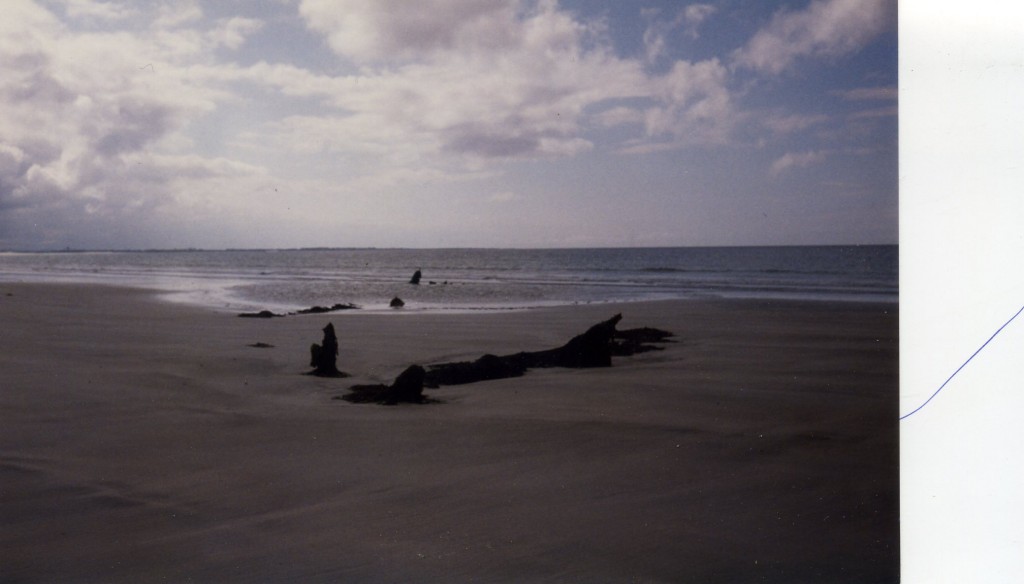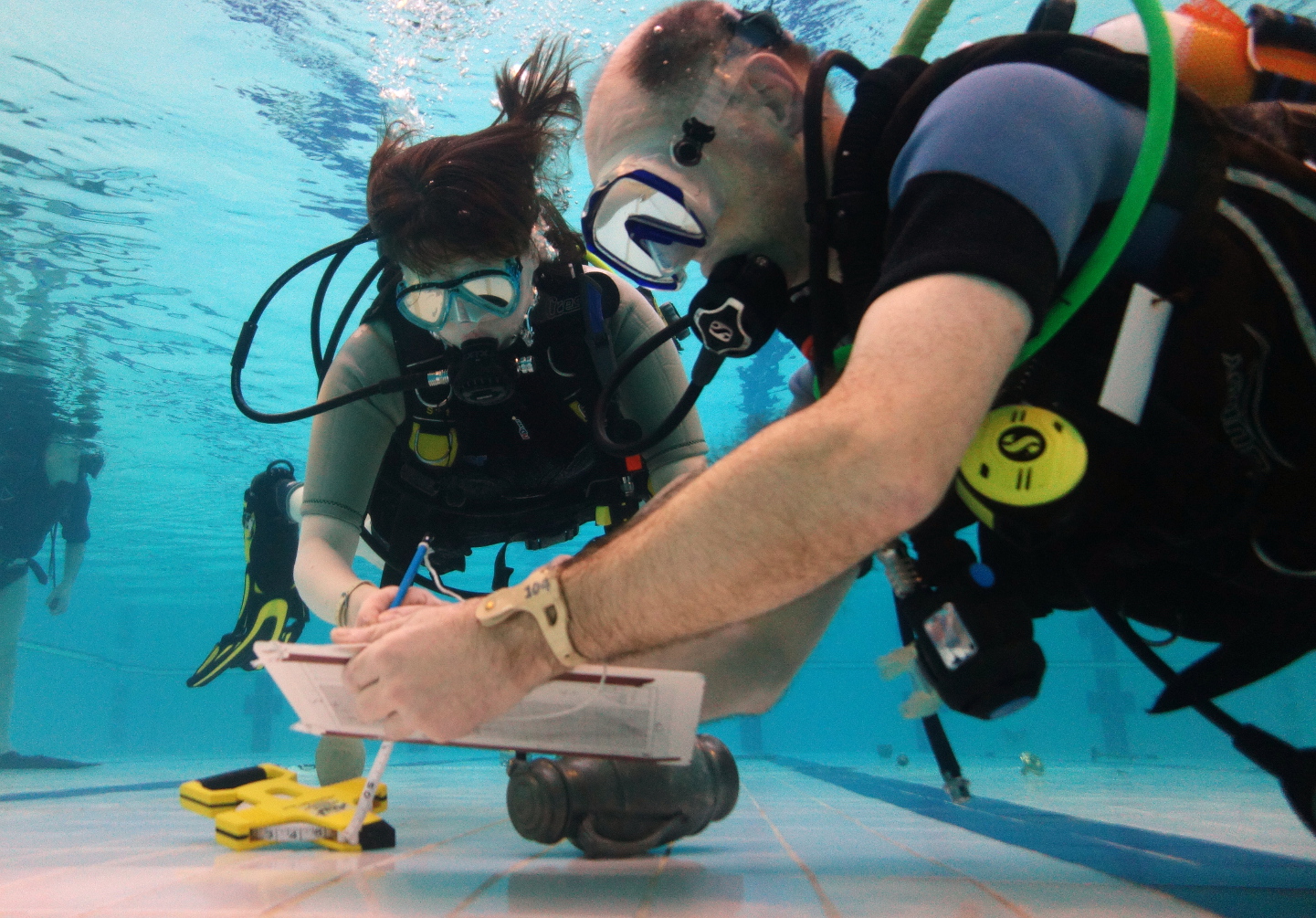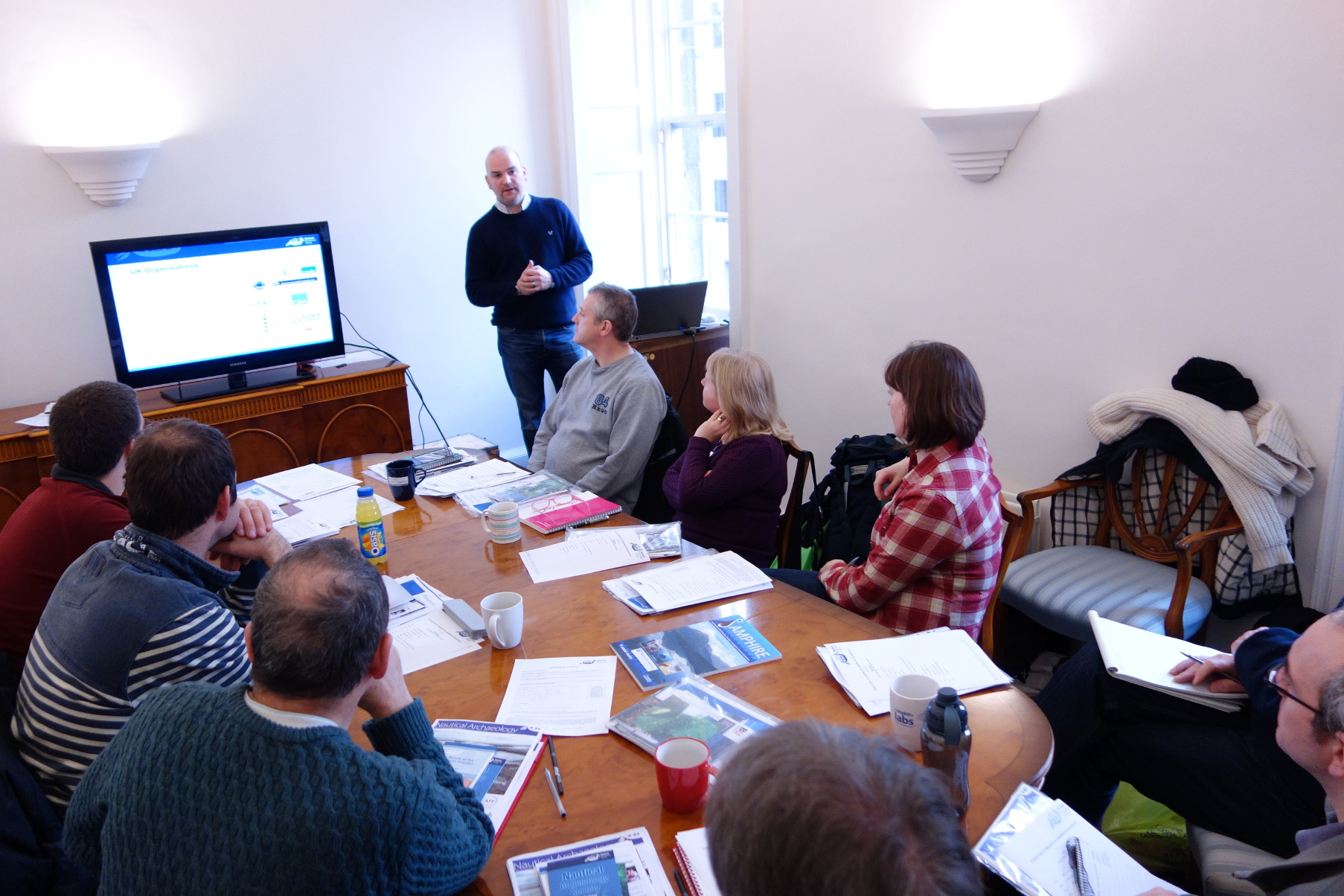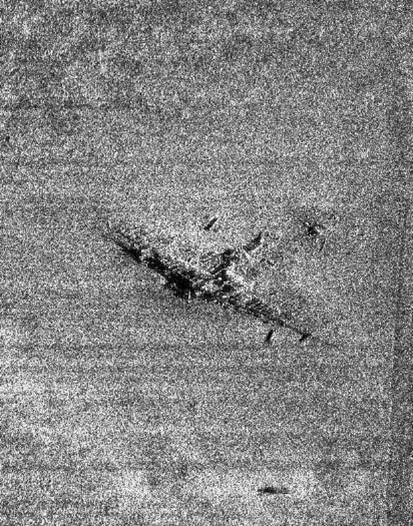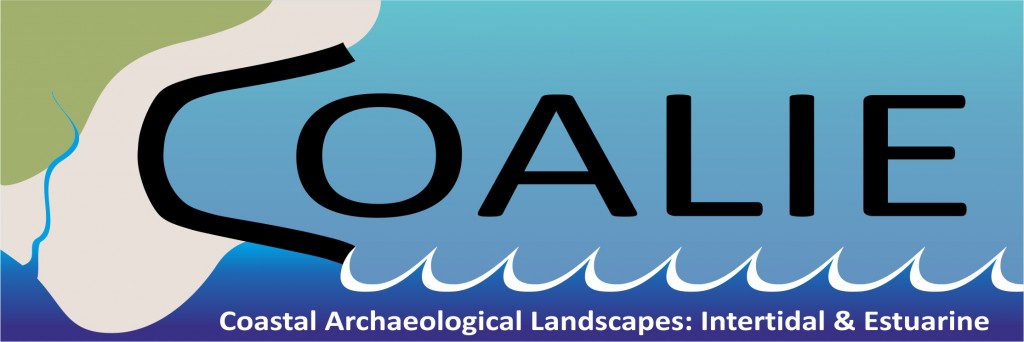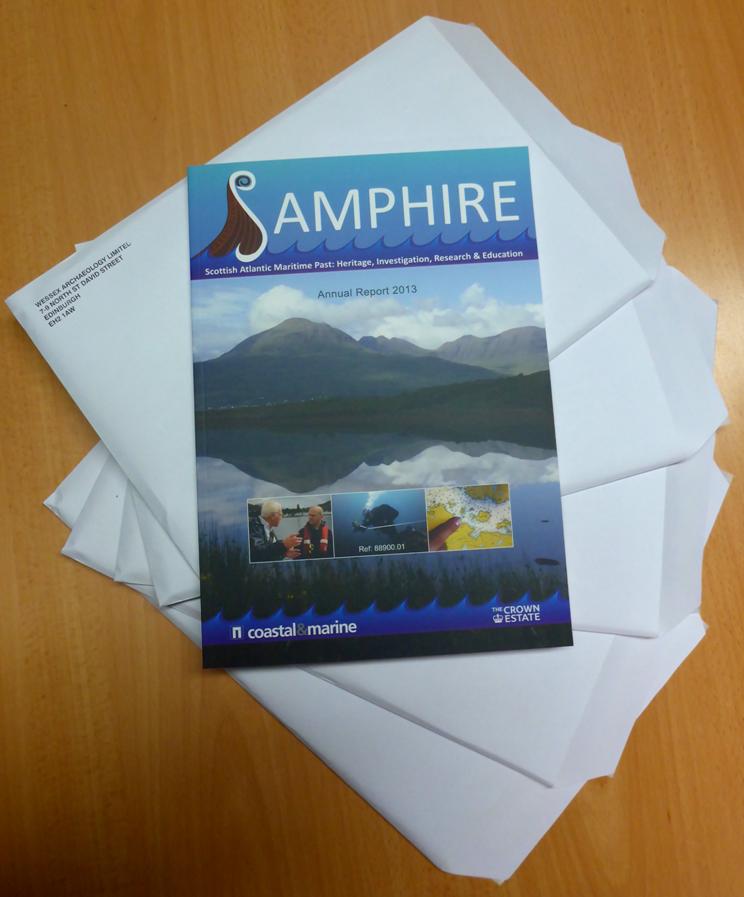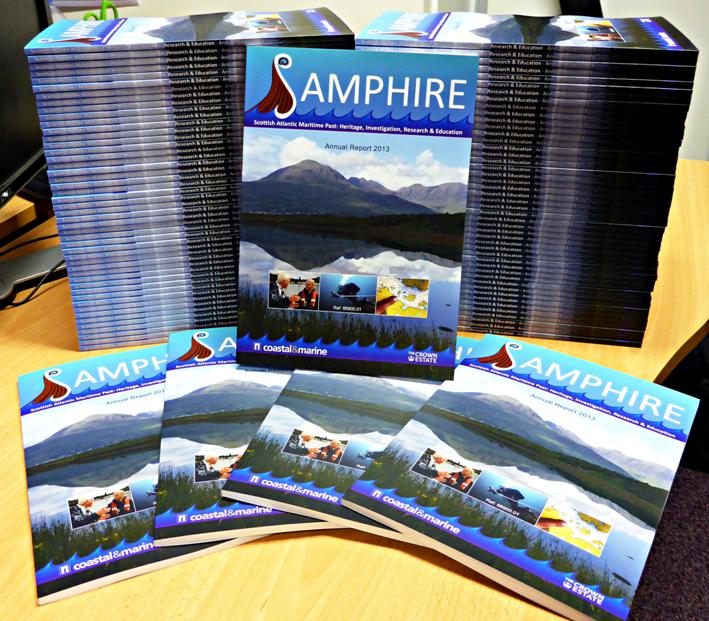We are delighted to announce that our 2015 report for the SAMPHIRE Project is now completed and has been published online! This is the last of the three annual project reports and covers our community engagement and diving fieldwork from all of last year. This year’s report is crammed with exciting new discoveries, reported and investigated in partnership with local people along Scotland’s west coast.
The 2015 programme focussed mainly on the south-west of Scotland and includes 3D surveys, coastal wrecks and several exciting new offshore shipwrecks from the 18th to 20th centuries. The report also describes the many conferences and talks where we have presented the project over the last year and the diving fieldwork. This year we have benefitted from even more community participation, including participation in dive surveys with student and commercial diver volunteers and from more partnership working with groups such as Dalriada and Tyneside Divers as well as professional dive photographers.
The reporting element of the project is now complete and our focus over the final few weeks will be to ensure that all the data we have captured is fully and efficiently archived with Historic Environment Scotland so that as much of the data can be made available as possible. We cannot thank all of our partners and participants enough for making this project possible. Over the last three years we have been able to demonstrate that there is a huge amount of unique knowledge of maritime cultural heritage sites held within coastal communities and we are glad that we’ve been able to help to preserve this knowledge and make it available for future generations. We hope to continue to build upon the knowledge we’ve gained and the networks and relationships we have built up during the project and will update this blog with future developments. We are also heading to the 2nd European Scientific Diving Conference in Sweden in May and will be sharing details of our talk there soon.
You can read the new report online at https://blogs.wessexarch.co.uk/samphire/downloads/ and also grab copies of the 2013 and 2014 reports as well as other resources.

